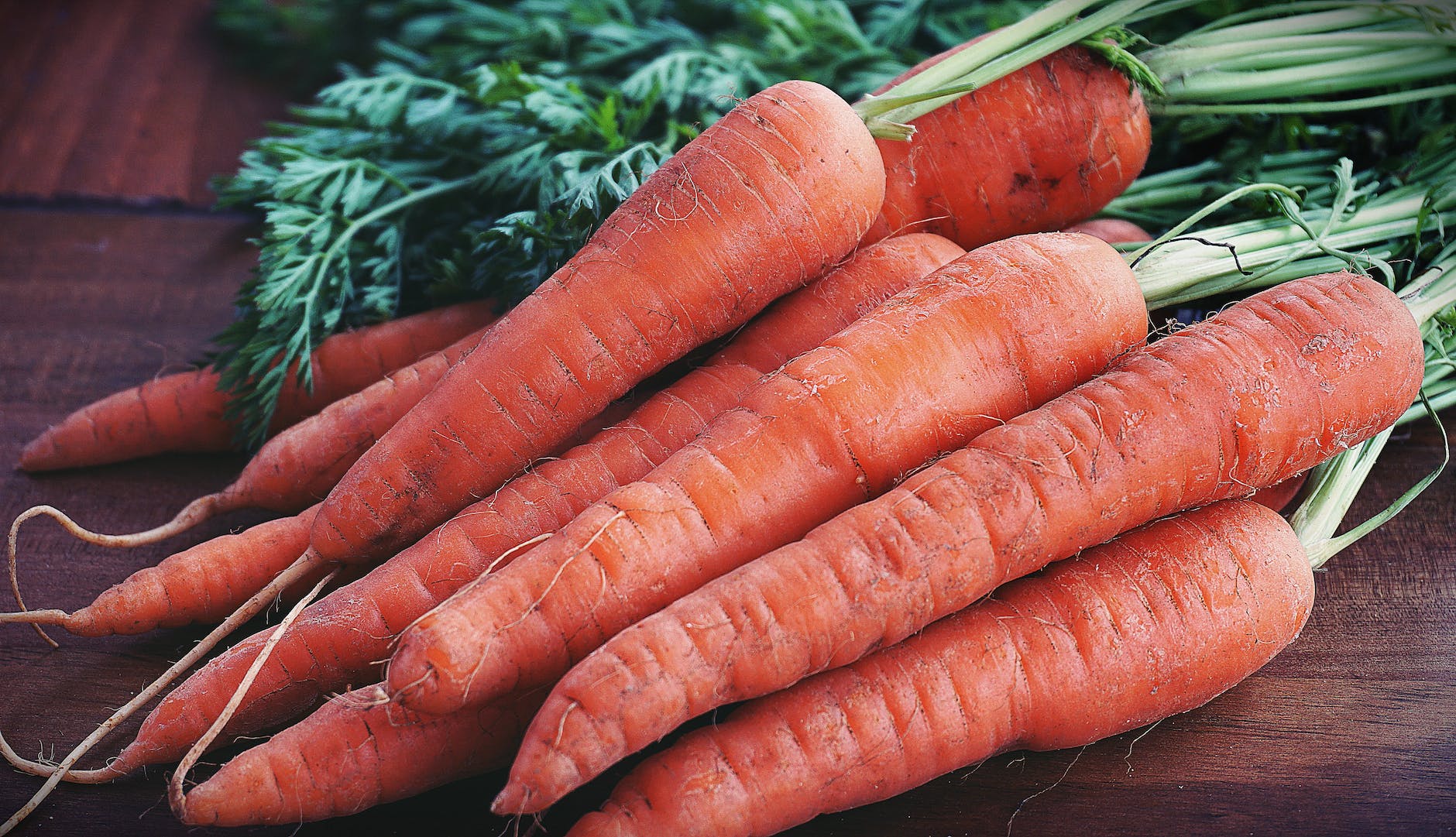
Introduction
The carrot is a root vegetable that is often claimed to be the perfect health food. It is crunchy, tasty, and highly nutritious. Carrots are a particularly good source of beta carotene, fiber, vitamin K1, potassium, and antioxidants.
Nutritional Profile
Per 100 grams, raw carrots provide:
- Calories: 41
- Protein: 0.93 grams
- Fat: 0.24 grams
- Carbohydrates: 9.58 grams
- Fiber: 2.8 grams
- Vitamin A: 16706 IU (334% of the DV)
- Potassium: 320 mg (7% of the DV)
- Vitamin K: 13.2 µg (16% of the DV)
Carrot Health Benefits
Carrots offer numerous health benefits:
- Improved Vision: Carrots are rich in beta-carotene, which your body converts into vitamin A, crucial for good vision.
- Cancer Prevention: Certain studies suggest that carrots may have anti-cancer effects due to their antioxidant content and bioactive chemicals.
- Digestive Health: The significant fiber content in carrots can help keep your digestive system healthy.
Potential Carrot Warnings
While carrots are generally safe to consume, there are some considerations:
- Carotenemia: Consuming large amounts of carrots can lead to a condition called carotenemia, where the skin takes on a yellow-orange color, particularly noticeable on the palms and soles. It’s harmless and will resolve once the consumption of beta-carotene-rich foods is reduced.
- Allergies: Carrot allergies are rare but can happen. Symptoms can include an itchy throat, hives, difficulty breathing, and in severe cases, anaphylaxis.
Carrot Weight Loss Benefits
Carrots can be beneficial for weight loss:
- Low in Calories and High in Fiber: Carrots have a low calorie count and are rich in fiber, making them a filling snack which can help control overall calorie intake.
- Versatility: Their natural sweetness and satisfying crunch make them a satisfying substitute for less healthy snack options.
Five Practical Ways to Incorporate Carrots into Your Diet for Weight Loss
- Carrot Sticks: Snack on raw carrot sticks paired with a low-fat dip like hummus for a nutrient-dense, low-calorie snack.
- Roasted Carrots: Roasting brings out the natural sweetness of carrots, making them a tasty side dish.
- Carrot Soup: Blend cooked carrots into a creamy soup, which can be a comforting and filling meal that’s perfect for weight loss.
- Shredded Carrot Salad: Combine shredded carrots with a bit of low-fat dressing for a quick, easy, and light side salad.
- Baked Carrot Chips: Slice carrots thinly, lightly coat them with olive oil and your favorite spices, then bake until crispy for a healthier alternative to potato chips.
Conclusion
With their multitude of health benefits and versatile nature, carrots can play a beneficial role in a weight loss diet. They can be incorporated into meals and snacks in a variety of delicious ways, making them an essential component of a balanced diet.
In the next installment of our vegetable series, we’ll be taking a closer look at the nutrition powerhouse – Spinach.










